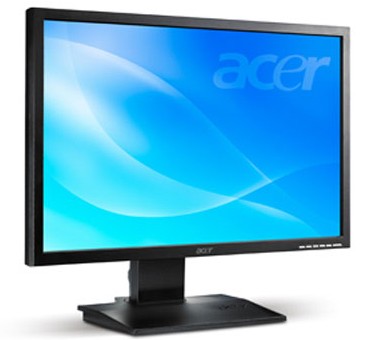Desktop Computers Are Still Necessary
 In the past few years laptops have started to make a very serious dent in replacing desktop computers. There are a lot of good reasons, convenience and mobility being the most common. Prices have dropped considerably and power and features have increased steadily. Being able to take it with is a big advantage.
In the past few years laptops have started to make a very serious dent in replacing desktop computers. There are a lot of good reasons, convenience and mobility being the most common. Prices have dropped considerably and power and features have increased steadily. Being able to take it with is a big advantage.
Although I’m not sure I’d call one of those 12 pound, 17 inch screen laptops portable, they are still much easier to carry than lugging around a monitor and rectangular box. But even with all the improvements and price breaks on the new laptop models, sometimes you need power or software that just won’t run that well on a laptop.
I have two laptops (one with about a 15 inch screen and a netbook that I really have adopted as my go to travel model). But I do some video work, have a few software programs that I still work on, and a huge media collection that will never fit or work on a laptop. And considering that every new version of my high-end software programs take advantage of the latest hardware features, I’m probably always going to need a desktop computer.
I also like having multiple monitors when editing videos, and having several versions open at one time. That’s not going to happen on your normal laptop. I have seen some newer units that are getting close, but the high-end laptops are way to expensive nowhere near as powerful when compared to desktop computer models.
Video card power is important even on smaller applications. Refresh rates, dedicated ram, and our good old friend heat, are all problems for most laptops. Screen resolution and number of colors has come a long way and are more than acceptable on most laptops. But for sheer power, you need a fast refresh rate and lots of dedicated ram to really shine.
And I know that you can connect a USB hard drive to expand the storage capacity but it’s not the same as running your hard drive off of a motherboard connection at very high rpms and multiple paths (speeds up access). Plus I have a 32 inch LCD TV that I also use to see what my video will look like on an actual big screen that helps me insure that everything is working as it should.
One of the big issues about reducing the size of the components and putting everything in a small-enclosed area is heat. Most of the newer more powerful laptops will burn your legs if you work too long. The heat created is considerable and even though they have exhaust fans, still builds up.
Not everyone needs that kind of power and a good $800 laptop can certainly handle documents, spreadsheets, surfing the net, and email chores quite nicely. Even the new netbooks can handle most normal computing chores. And the size and cost are as good as it gets. I really like my netbook and use it a lot while out of the office. And the latest versions even have more power and features.
And the chance that any software will get smaller and faster is very doubtful. Software publishers add features to attract new buyers and current users to upgrade. That’s the standard even though many will never use the features; it’s a marketing necessity to generate sales.
But those of us that need some real grunt computing power won’t be replacing our desktop computers any time soon. Software is getting more and more out of hand in making hardware demands and code is bloating at an incredible rate. Even the basic OS has grown so large and slow that it takes some serious power when you add additional software to the mix.